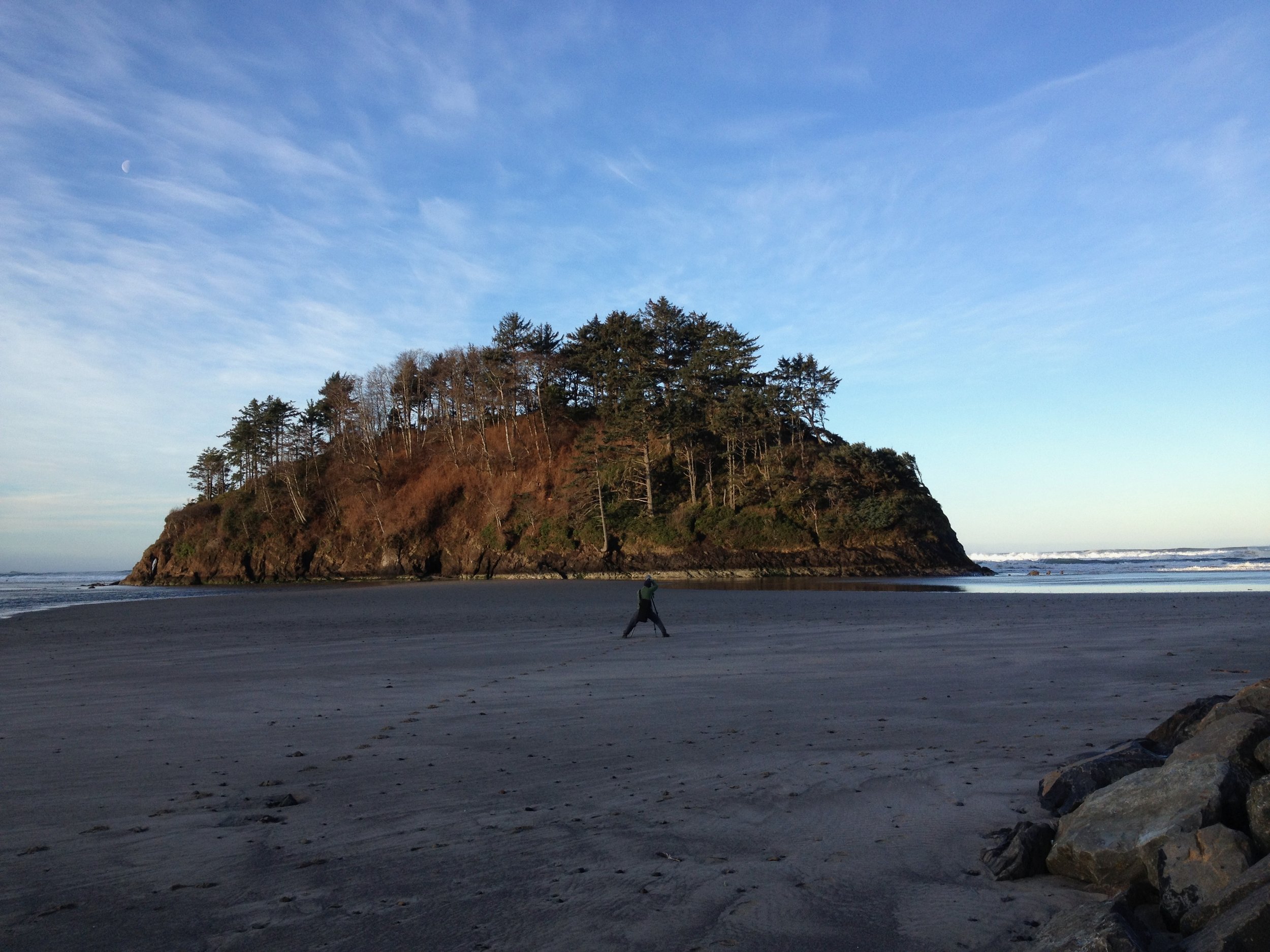
Limiting the Search
Enter the Muskrat
Freed from the preconception that Drake’s anchorage was in California at about 38°, we can look at the various clues to see if they can lead us to the true anchorage, and to an understanding of Drake’s true movements. We begin by limiting the search, using two particular clues: the animals and the Indian culture described in the accounts.
The Hakluyt account contains a detailed description of the events and the people that Drake encountered at New Albion, and contains several elements that are inconsistent with it being in California. For example, it describes an animal that the local people hunted and whose fur they valued highly. The account says that the “kings holiday coat” was made out of them. The animal was so unusual that the English visitors had to describe its various parts by reference to animals with which they were familiar. They were called “a strange kind of connies”, meaning that they were members of the rabbit or guinea pig family. Their heads were the size of English rabbits, but their bodies the size of “Barbary conies”, or hyraxes, North African animals the size of a large domestic cat. Under their cheeks were pouches, like guinea pigs and hamsters, and their feet were like those of a mole. Finally, they had a tail “exceedingly long, like that of a rat”.
In 1979, as part of California’s Drake celebrations, there was a great public debate, to see if they could determine just which local harbor Drake had used. When it came to this animal, it was concluded that it was a ground squirrel, which suited some sites, or a pocket gopher, which suited others. Of course, neither of these remotely resembles the animal described in the account. That is because it is a muskrat, an animal found just about everywhere in North America, with the notable exception of coastal California. If the Drake party saw muskrats, they were not in the region of San Francisco, nor anywhere else on the California coast.
Note: Earlier this century, some muskrats were artificially introduced to the California coast, for the purpose of fur farming, but they are not native to that area, and would not have been there in Drake’s time. Muskrats, like sea otters, were once plentiful along the Oregon coast, but were almost made extinct by fur trappers. The Oregon coast muskrat is a particularly large variety.
The local people described in the accounts also give us clues that New Albion could not have been in California. The Indians in that area were the Coast Miwok, and there are several aspects of the description of their culture and lifestyle that are inconsistent with a California location. However, in our attempt to limit the search for New Albion, we need only to consider one aspect of the culture that is notable for its absence: totem poles.
The people that Drake met at New Albion were not of the totem culture that characterizes the people of the North West Coast around, and north of, the Columbia River, all the way up to Alaska.
Therefore, Drake’s anchorage must have been south of the Columbia River.
These clues let the limits be set for the search for New Albion. Muskrats set the southern limit at about the California-Oregon border and the lack of totems sets the northern limit at the Columbia River. Drake’s New Albion must therefore lie along the coast of either Oregon or Washington.
